Nestled in the north-west corner of Cambodia lies the charming town of Battambang. Often overshadowed by its better-known neighbors, Phnom Penh and Siem Reap, Battambang province has a rich history and vibrant culture that deserves recognition.
In this exploration of Battambang’s history, we look at the city’s origins, its colonial past, the scars of war and its rebirth as the artistic and cultural center of modern Cambodia.
Ancient Origins of Battambang
Battambang’s history stretches back over a thousand years, with its origins rooted in the Khmer Empire. Founded in the 9th century, the city was initially known as Vyadhapura. So it served as a crucial trading and administrative center in the region.
Battambang, the “disappearing stick”
The name Battambang itself is derived from the Sanskrit word “Batdambang,” which means “disappearing stick.” Legend has it that a powerful hermit was granted a magical stick that could vanish. he used it to subdue the demons and malevolent spirits that once plagued this land.
Throughout the pre-colonial era, Battambang flourished as a vital trading hub, connecting the Khmer Empire with distant regions such as China, India, and even the far-off Mediterranean. Its strategic location along the Sangker River made it a pivotal center for the exchange of goods and culture. The city was not only an economic epicenter but also a haven for arts and culture, with numerous temples, art workshops, and educational institutions. Its renowned Wat Ek Phnom temple, built in the 11th century, stands as a testament to the architectural marvels of the era.
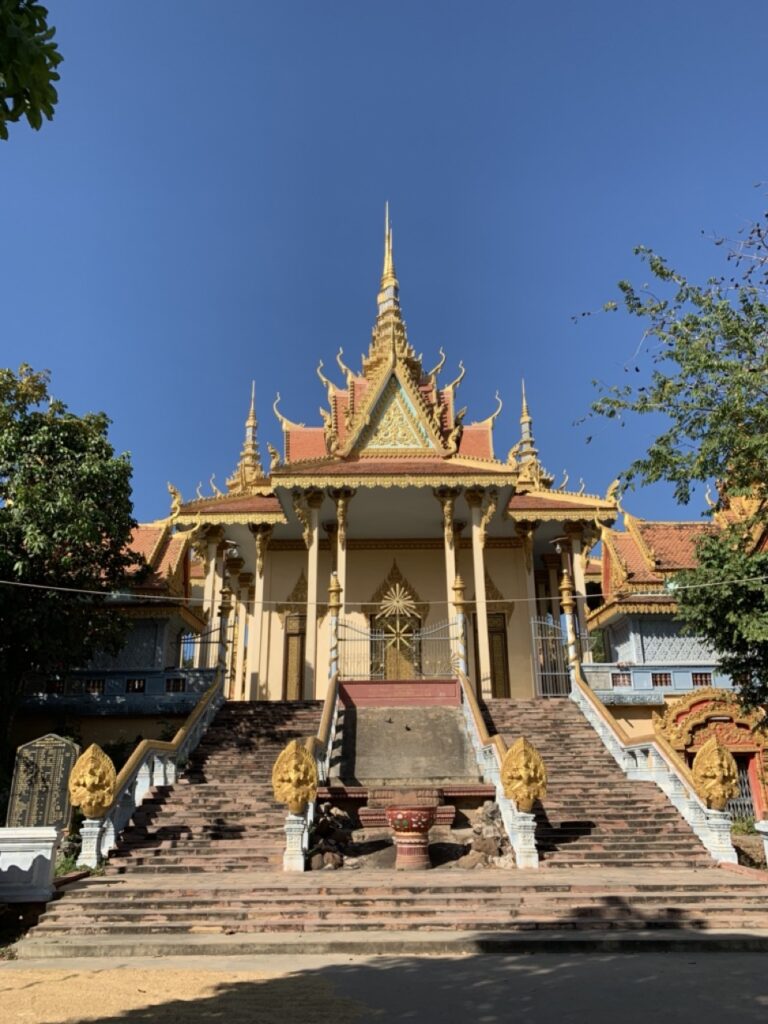
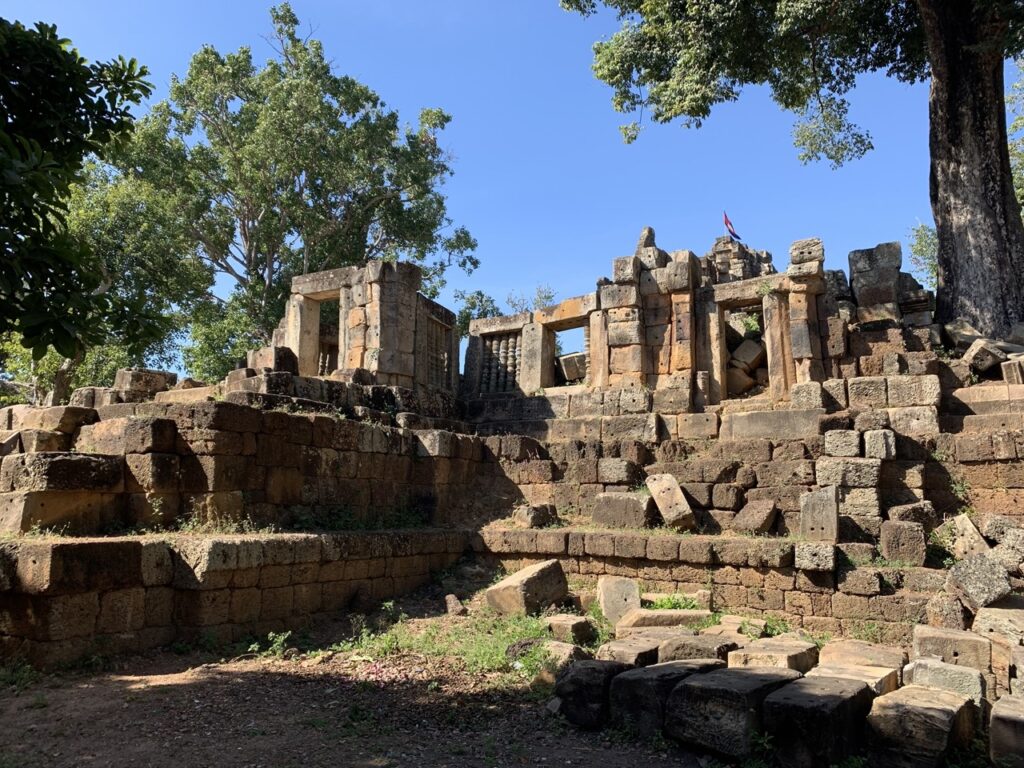
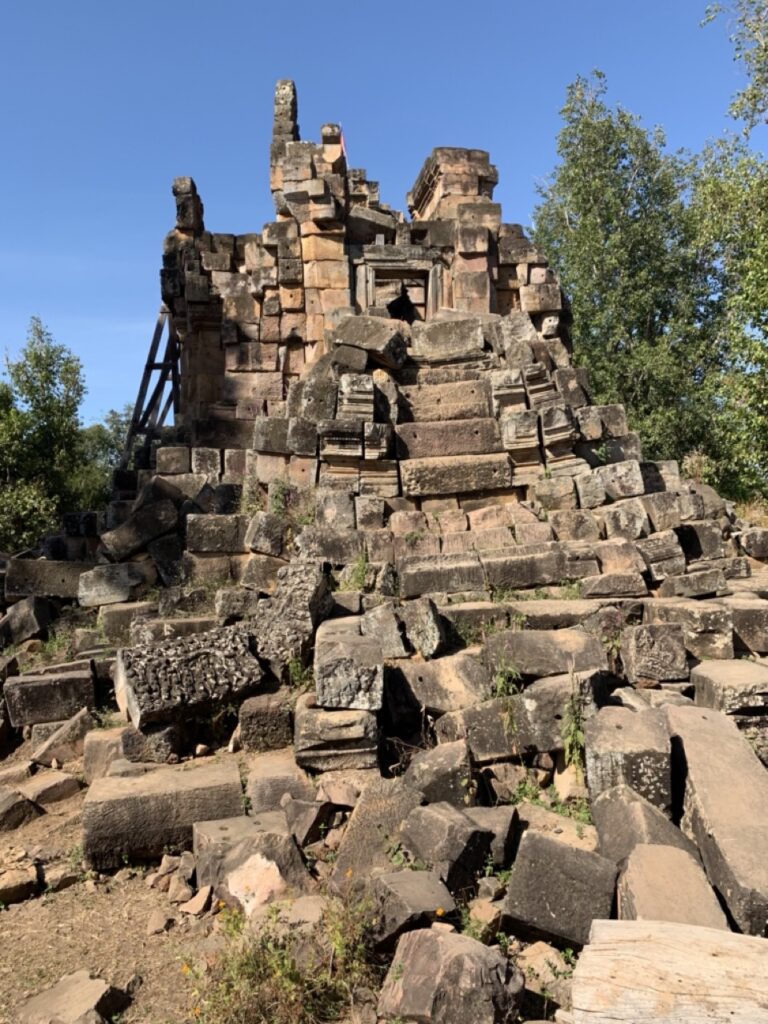
Battambang, with its blend of local and foreign influences, played a crucial role in shaping the cultural landscape of Cambodia during the pre-colonial period.
Colonial era during the French protectorate
The story of Battambang during this period reflects the dynamics of European colonialism in Southeast Asia. At the turn of the 19th century, Cambodia found itself under the influence of the French colonial empire, which aimed to assert control over the region. Battambang became a focal point in this imperial expansion. The French colonialists established a presence in Battambang in the late 19th century. They transformed the town into an administrative and economic center for their Indochina territories.
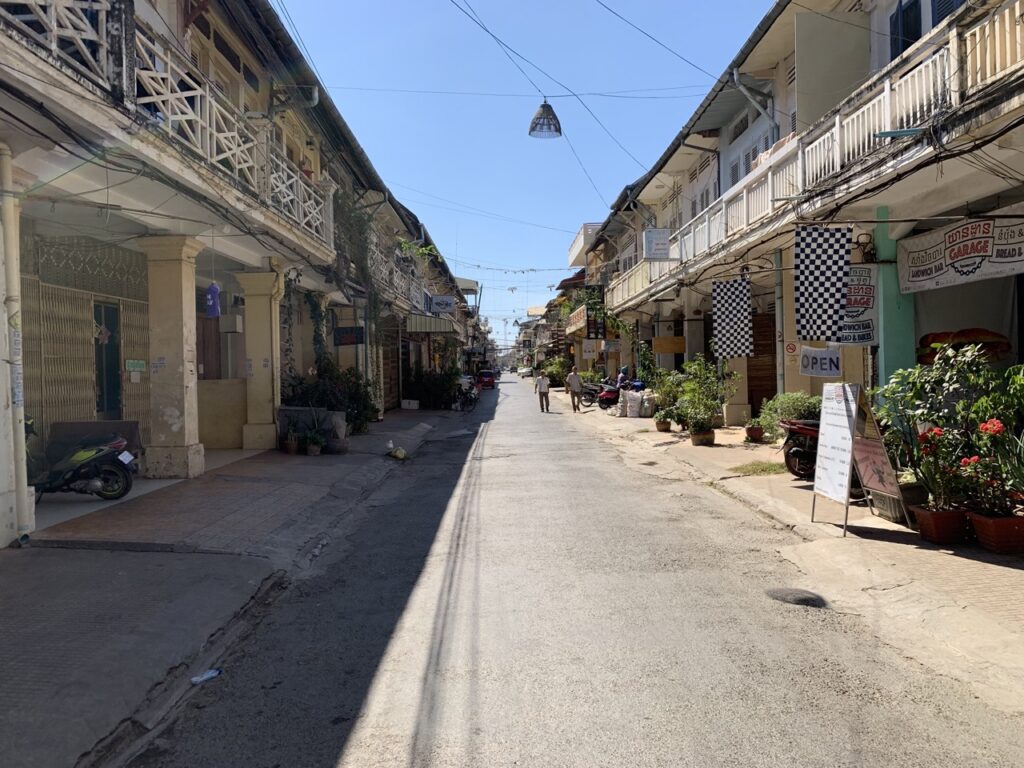
Under French rule, Battambang province experienced significant changes. The colonial authorities introduced modern infrastructure, such as railways and roads, connecting the town with neighboring regions and facilitating trade.
The confluence of Western architectural styles and Cambodian culture also marked this period. Magnificent buildings and churches dating from the colonial era have enriched the city of Battamban. They still adorn the urban landscape today.
The French influence on Battambang is palpable in its unique blend of architecture and culinary traditions. It reflects the fusion of two distinct cultures.
The Dark Shadow of War
The mid-20th century brought turmoil to Cambodia as it was entangled in the Vietnam War and eventually fell under the Khmer Rouge regime. The Khmer Rouge, led by Pol Pot, controlled Cambodia from 1975 to 1979. Of course, Battambang and its province was no exception to the brutality that swept across the country during those dark years. The serene landscapes were marred by the horrors of forced labor, mass executions, and the displacement of thousands of innocent civilians.
The Khmer Rouge’s oppressive rule led to the loss of countless lives. The infamous killing fields and detention centers serving as grim reminders of the atrocities committed. Visitors can explore the haunting remnants of the Khmer Rouge era, such as the Phnom Sampeau Killing Caves. They are located just outside Battambang. Tourists can also experiencing the vibrant arts scene, making it a place that pays homage to the past and looks forward to a brighter future.
Resilience and Rebirth
Thankfully, the nightmare of the Khmer Rouge regime came to an end in the late 1970s. Right away Battambang began the process of recovery. The city gradually rebuilt itself, with residents returning to their homes and reclaiming their lives. The scars of war remained, but the indomitable spirit of the people of Battambang prevailed.
Modern Renaissance
In recent decades, Battambang has experienced a renaissance of sorts, becoming a cultural and artistic hub in Cambodia. The city’s unique blend of historical architecture and contemporary art makes it a captivating destination for both local and international tourists. The following are some of the key aspects of Battambang’s modern renaissance:
- Art and Creativity: Battambang is home to an ever-growing community of artists and performers. Organizations like Phare Ponleu Selpak, a renowned circus and arts school, have played a pivotal role in nurturing young talent. Murals and sculptures adorn the city’s streets, reflecting to its artistic dynamism.
- Cultural Festivals: Battambang hosts several cultural festivals, including the Battambang Arts and Music Festival and the Sangker Gallery Art Festival. These events celebrate the city’s cultural heritage and provide a platform for local artists to showcase their talents.
- Historical Preservation: Efforts are underway to preserve the city’s colonial-era architecture. Organizations like Kinyei International collaborate with local communities to restore and maintain these historical buildings.
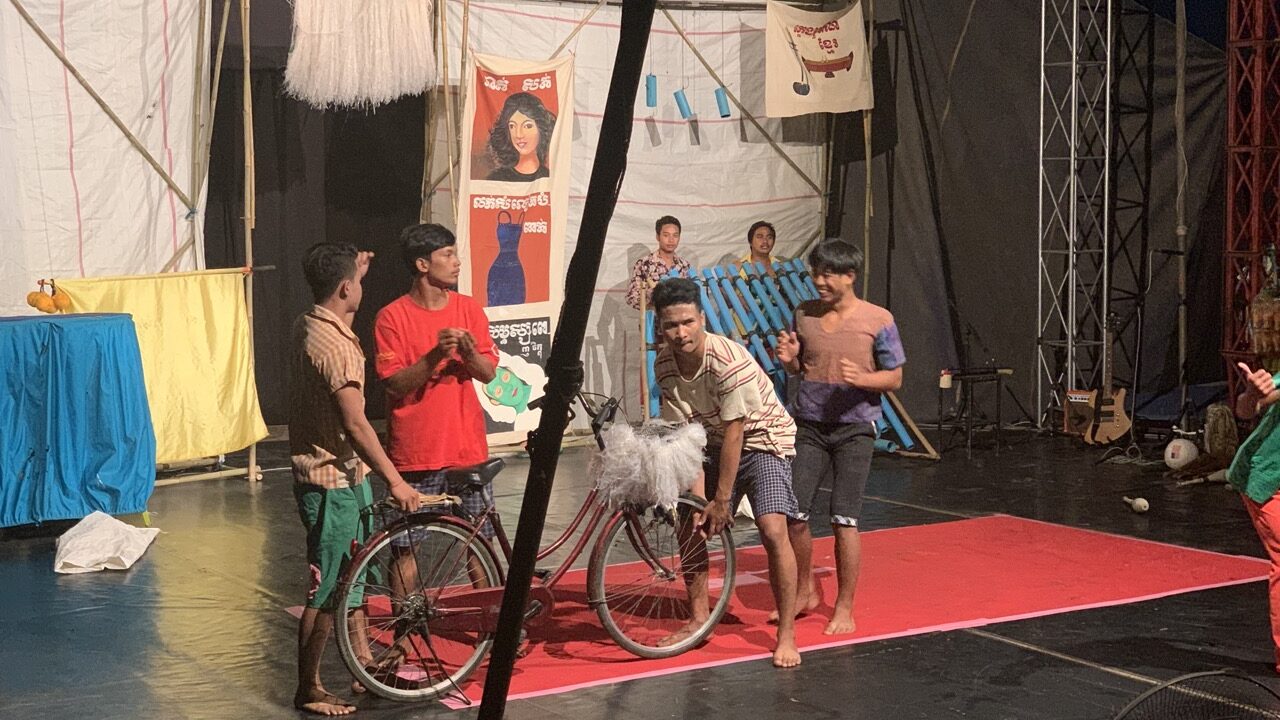
Battambang, Cambodia’s hidden gem, is a city that has weathered the tides of history. From its ancient Khmer roots to the tumultuous years of colonialism and war, Battambang province has emerged as a symbol of resilience and rebirth. Today, it stands as a vibrant center of art, culture, and history, inviting travelers to explore its diverse tapestry.
